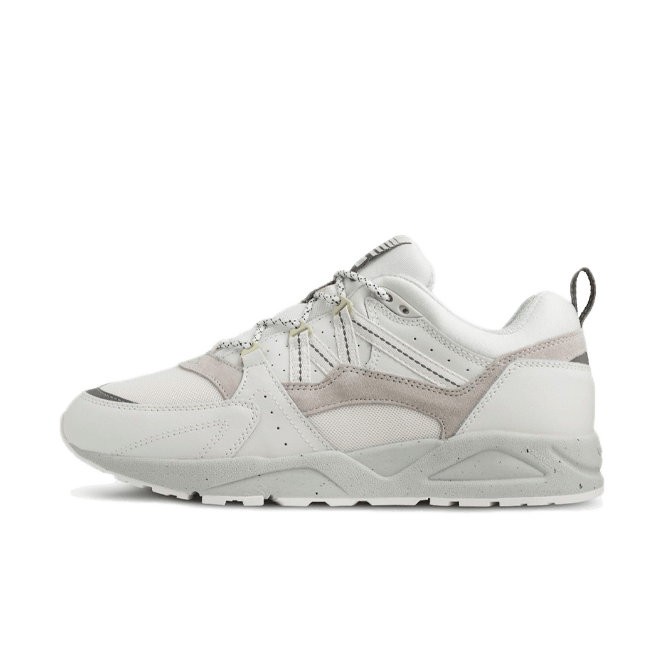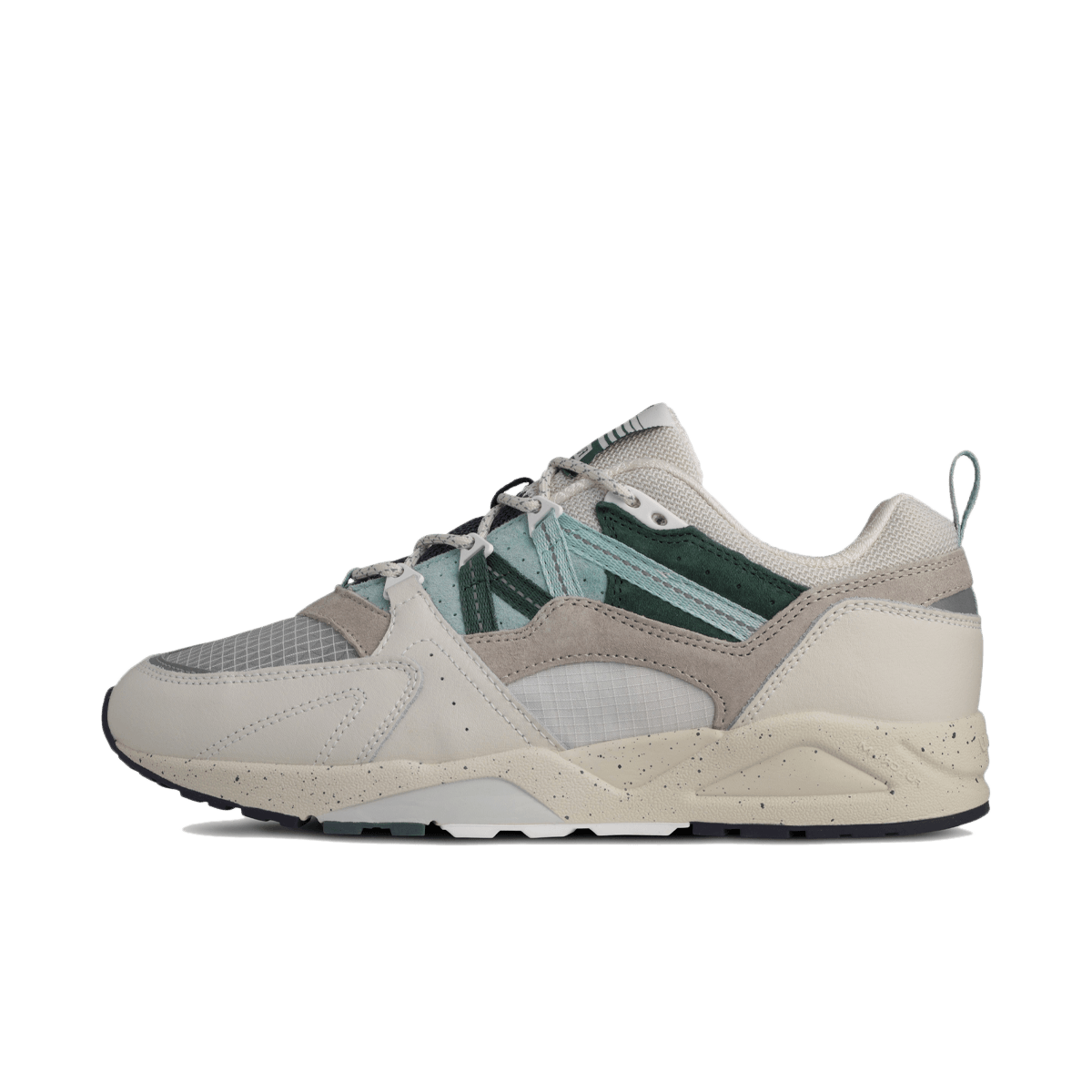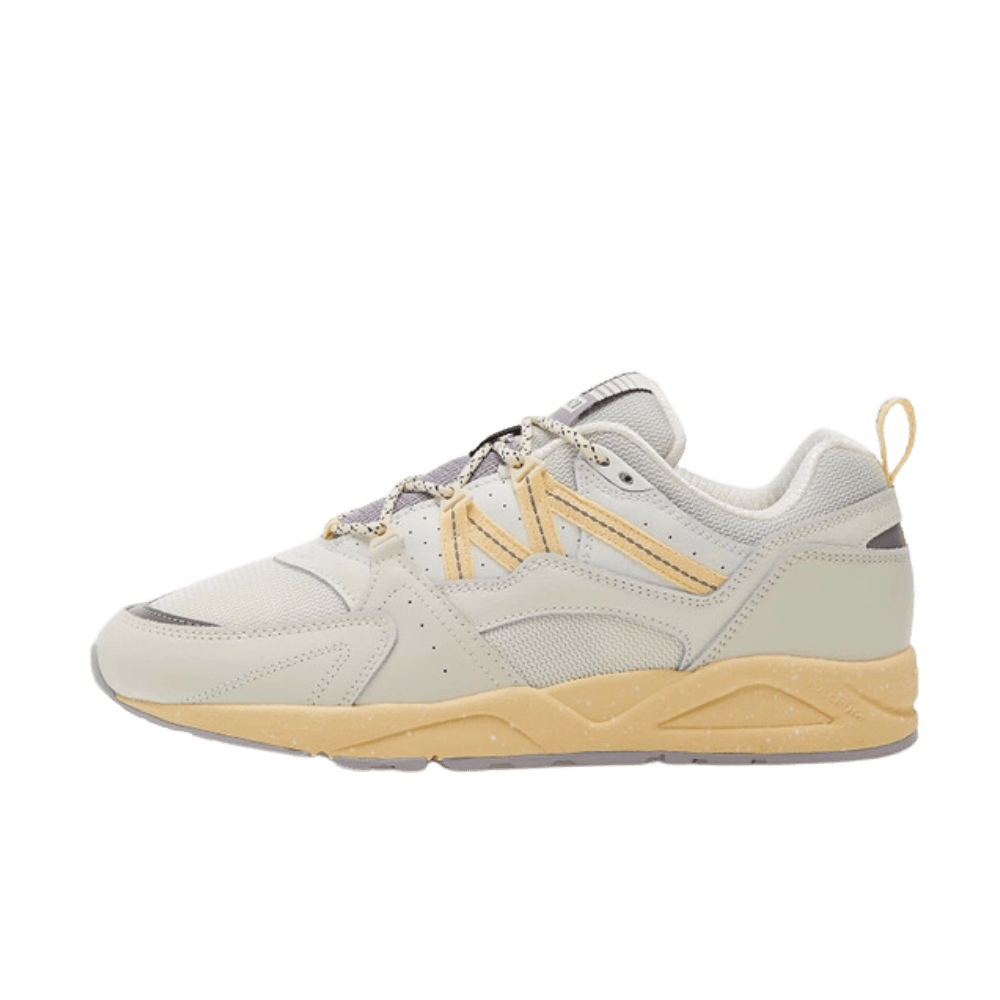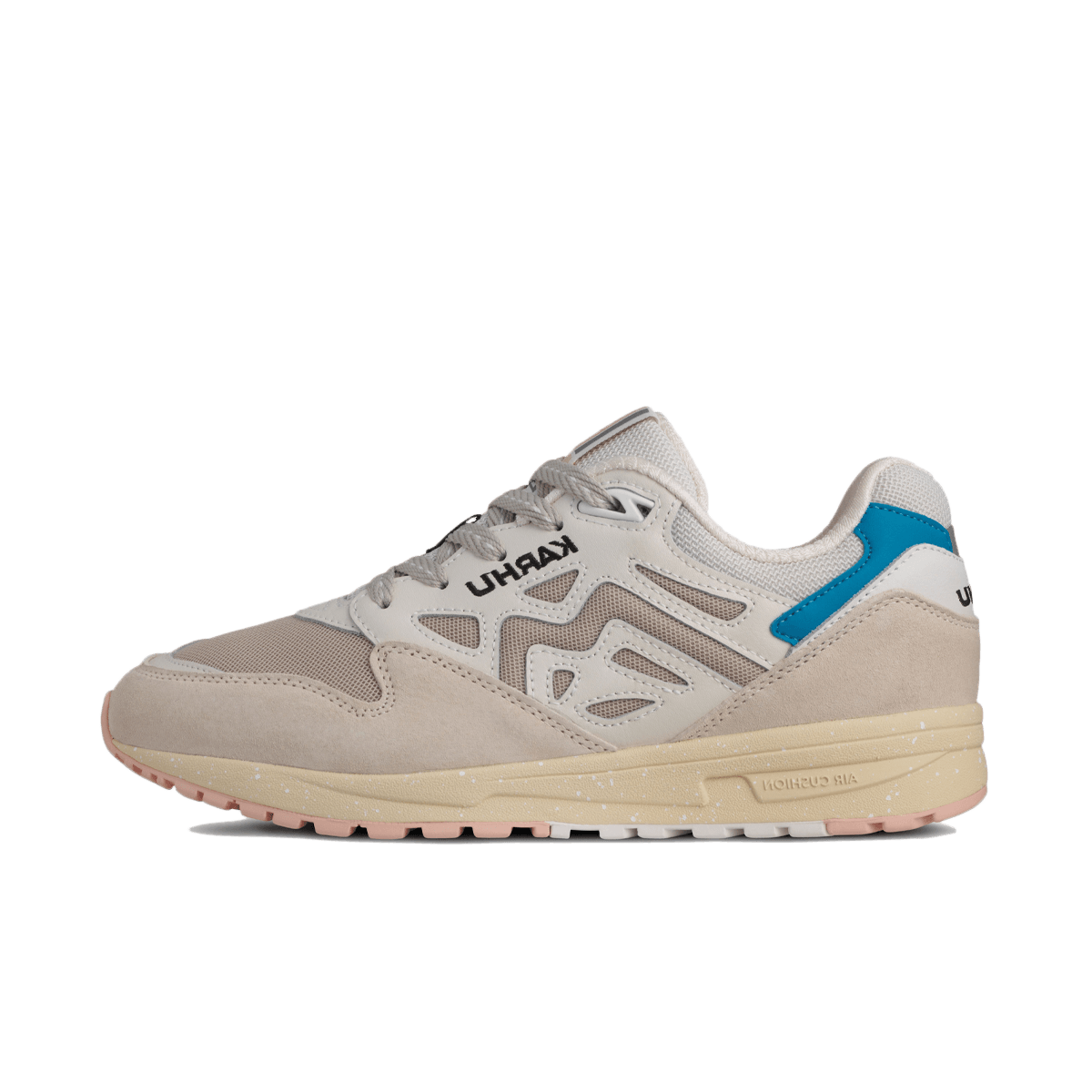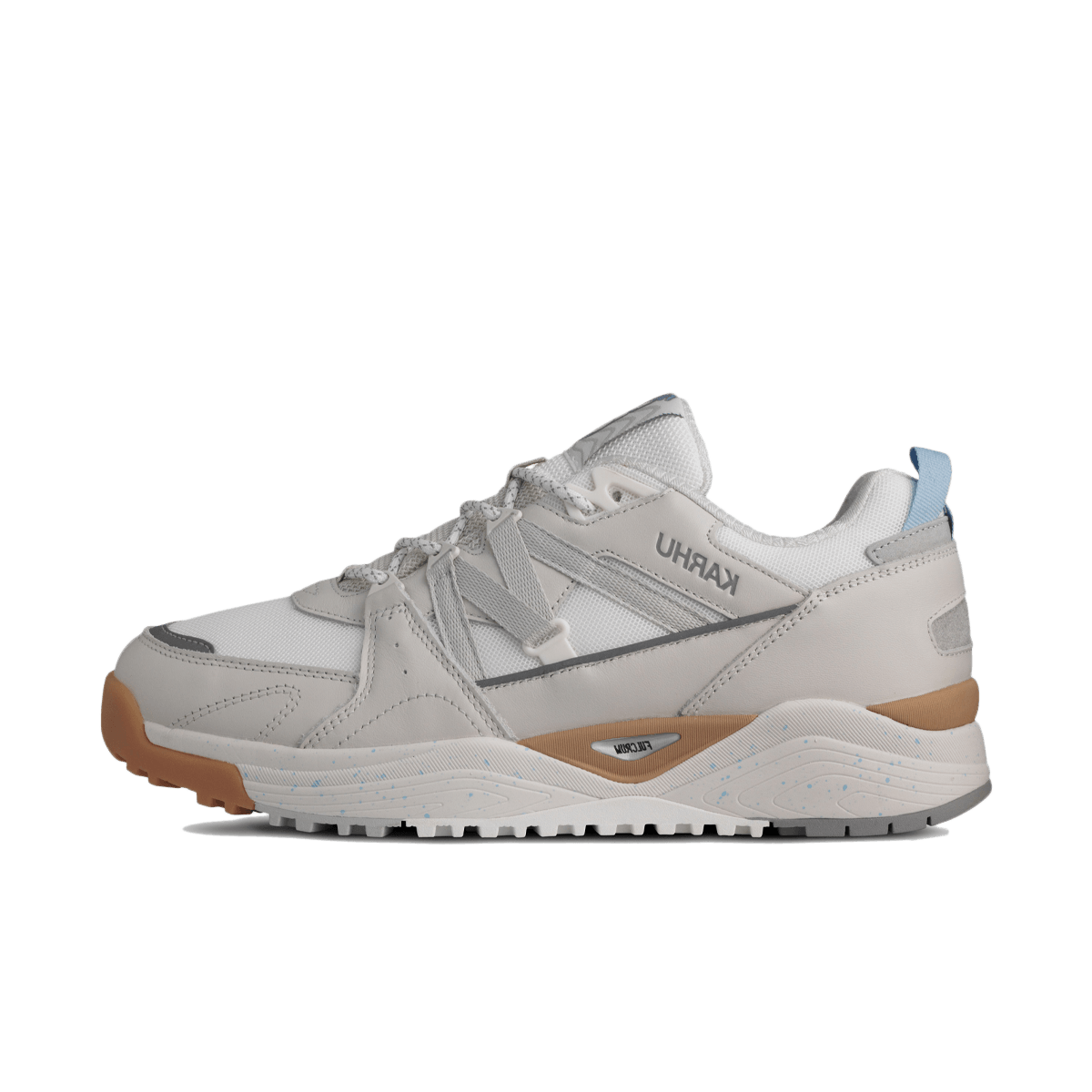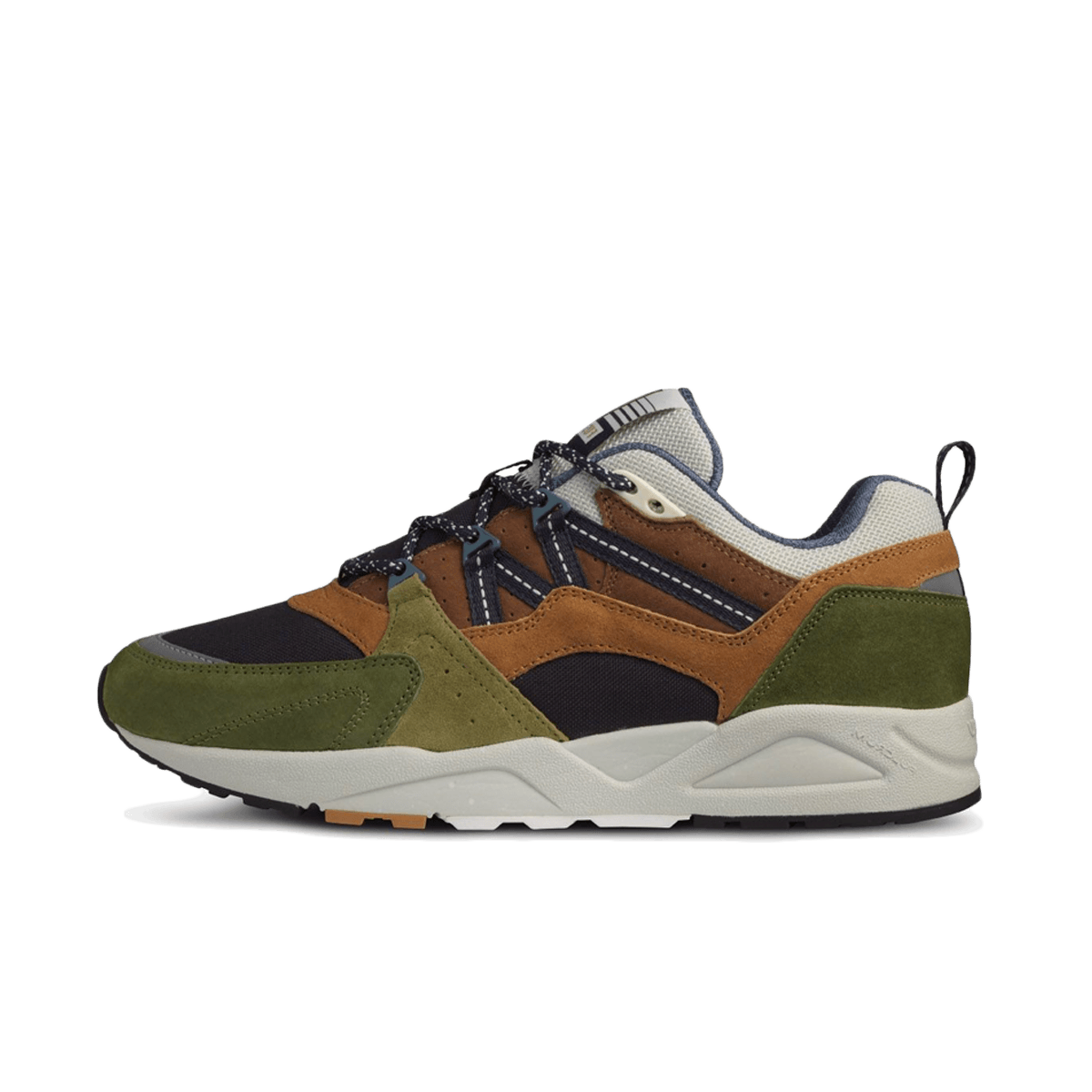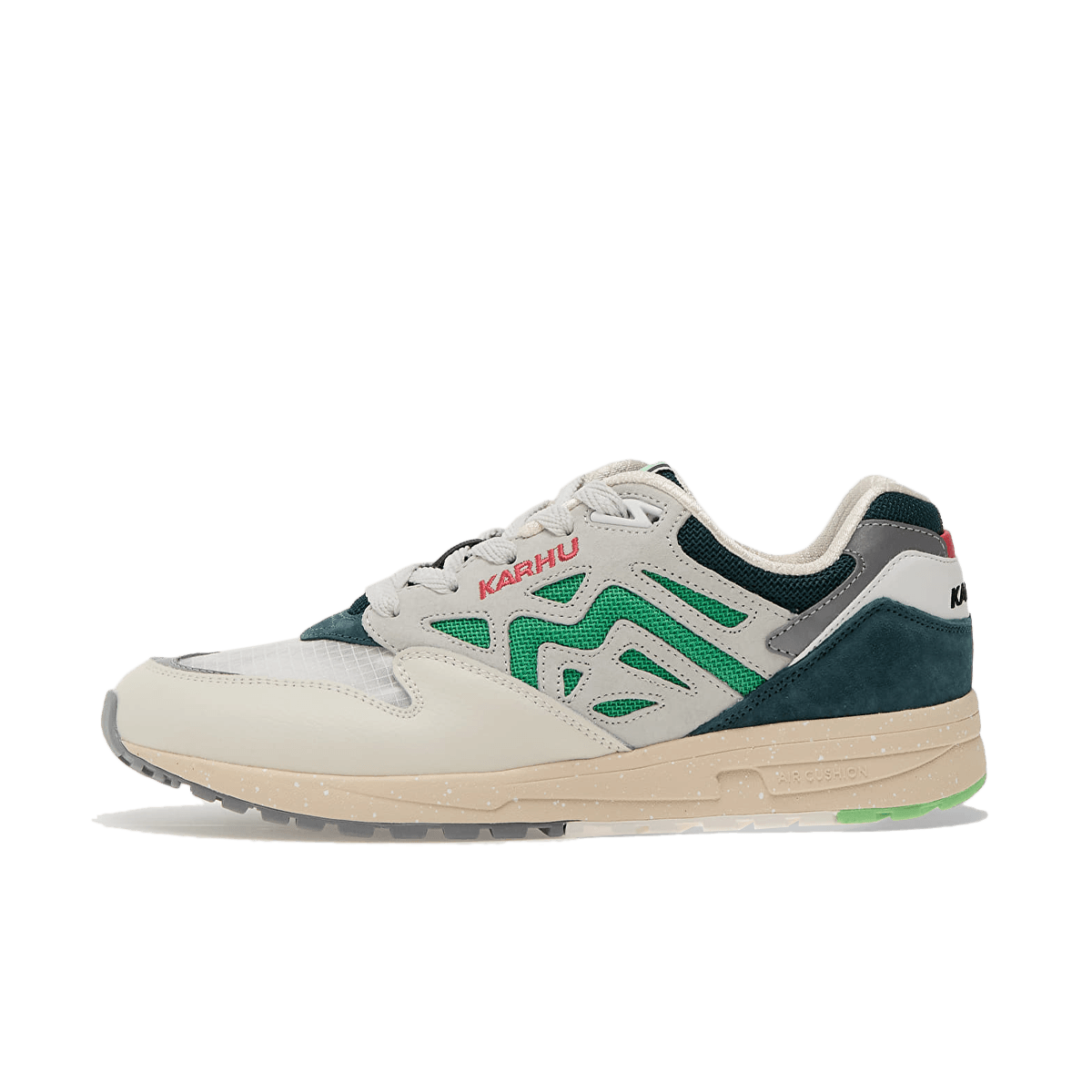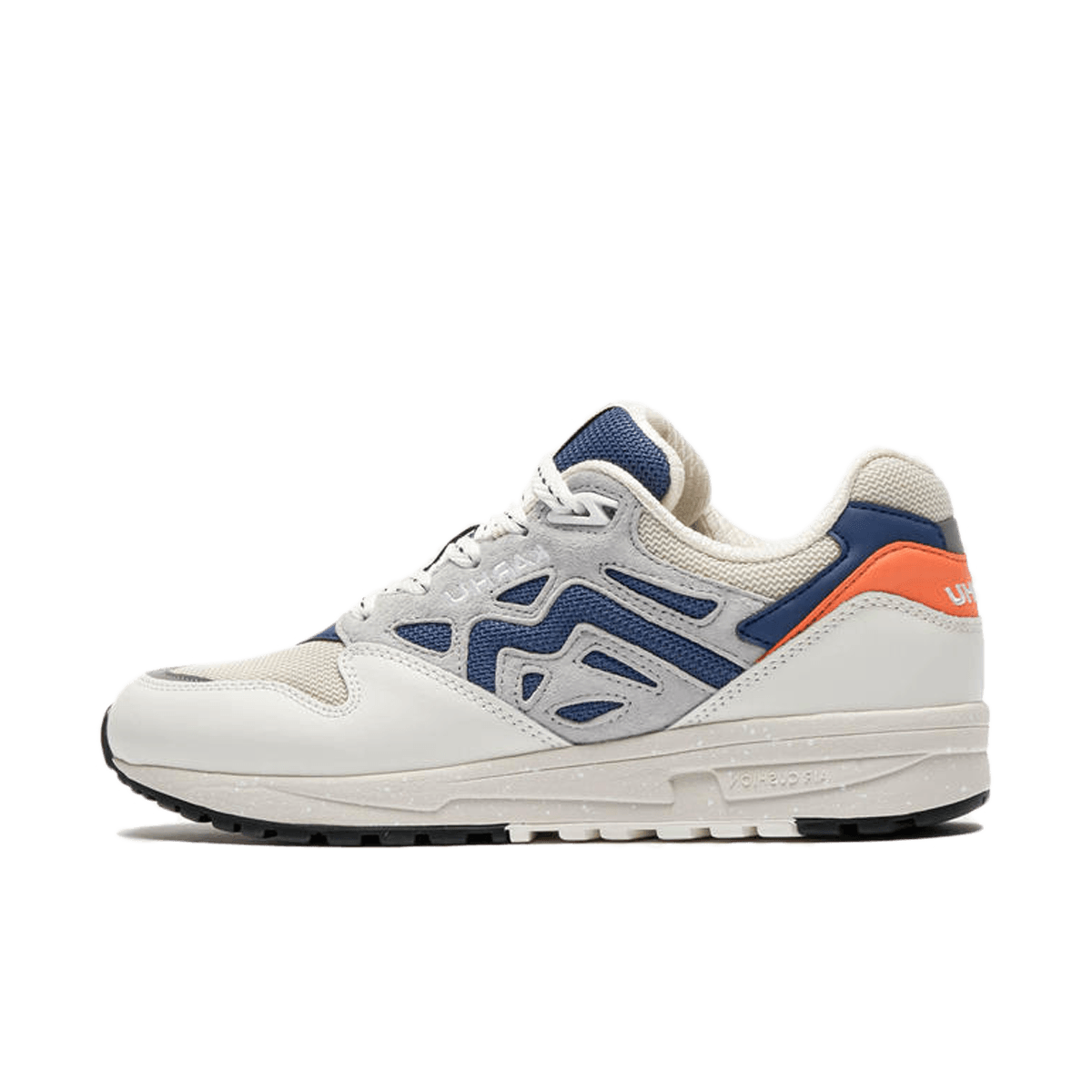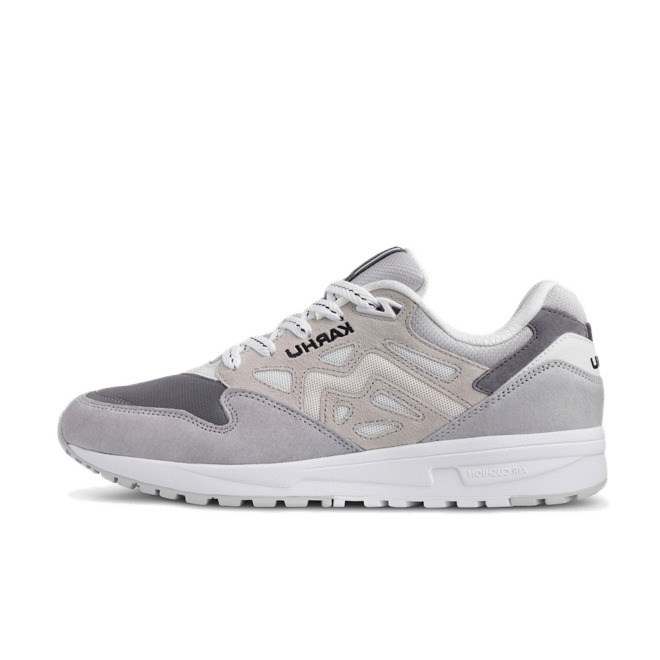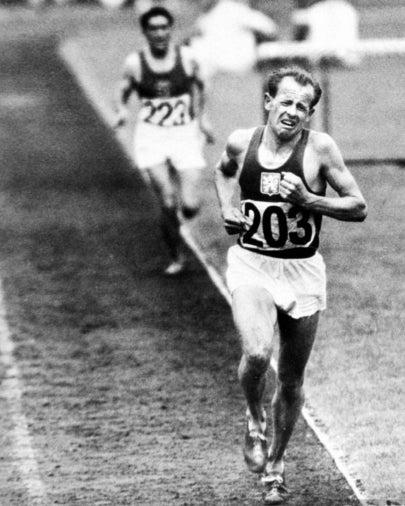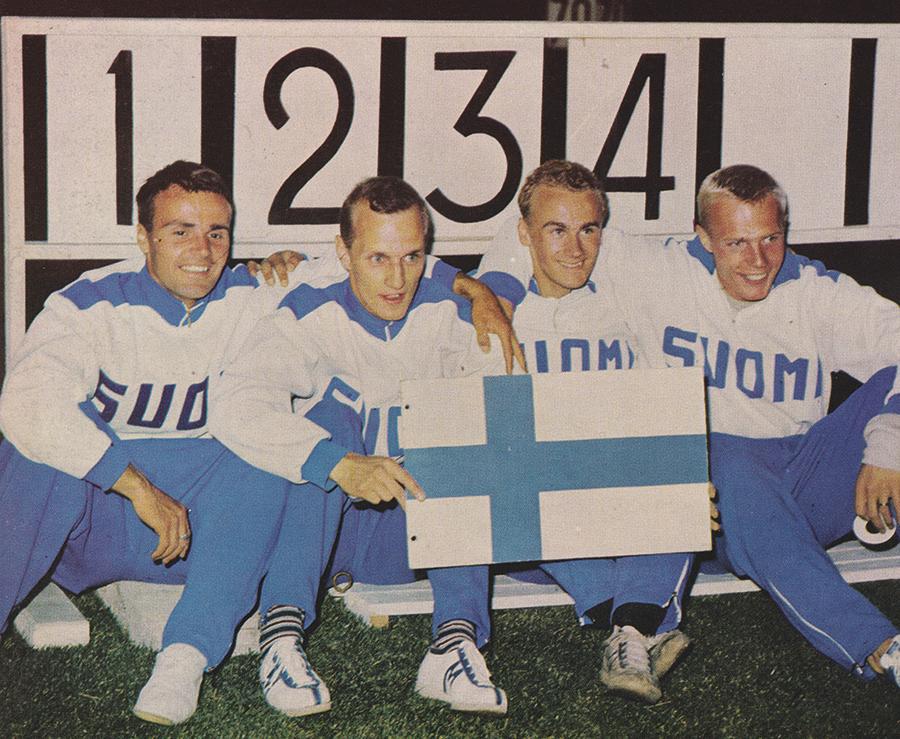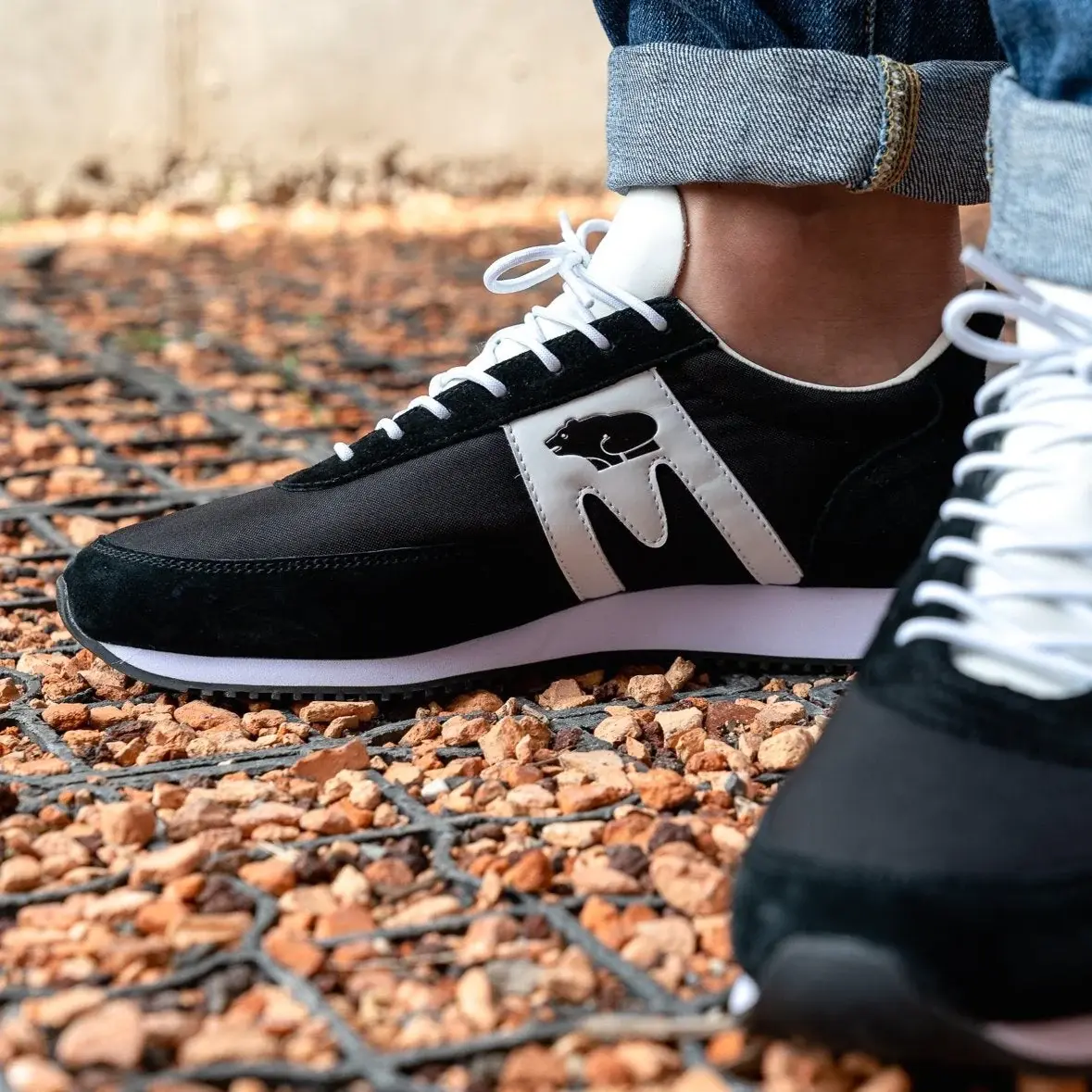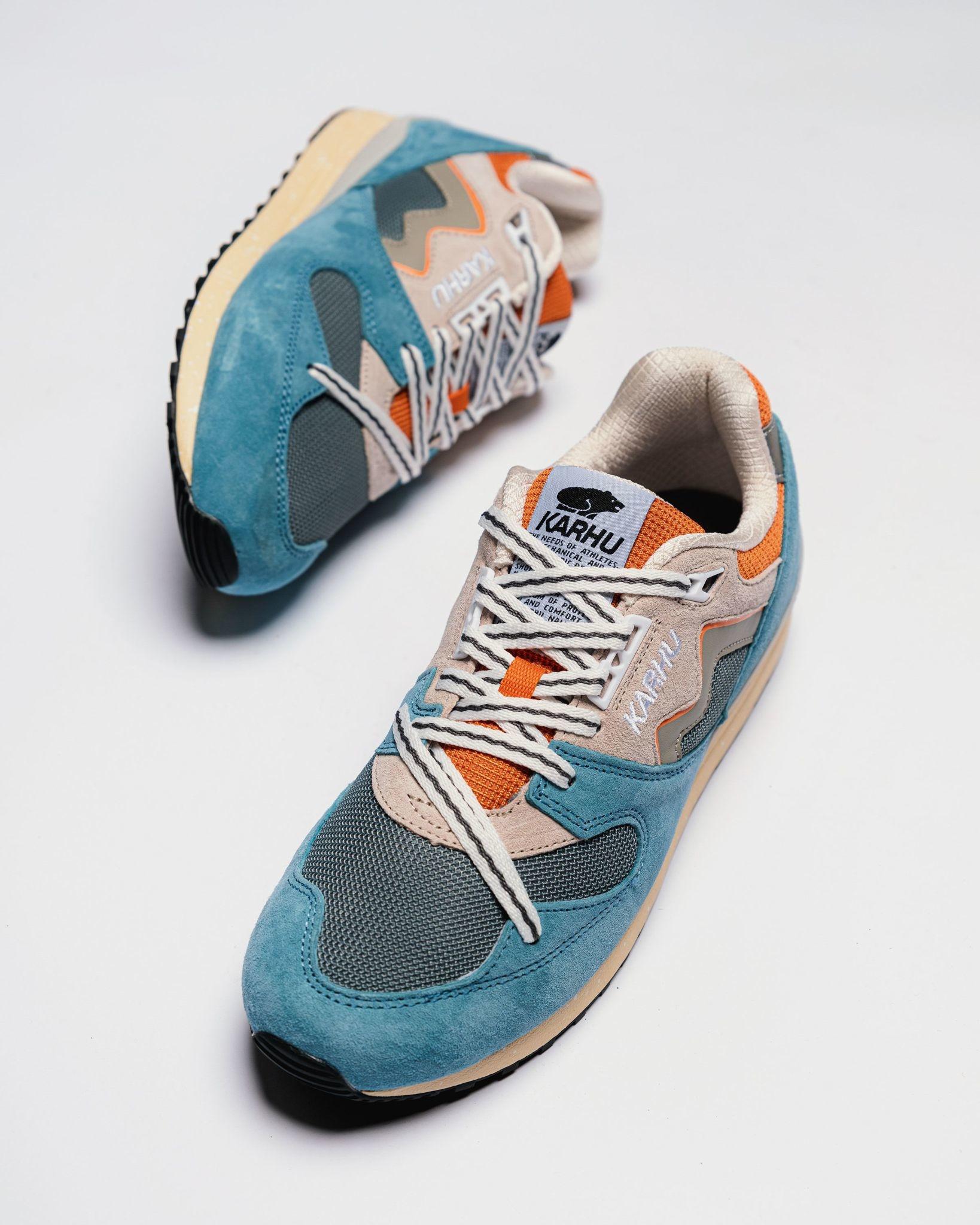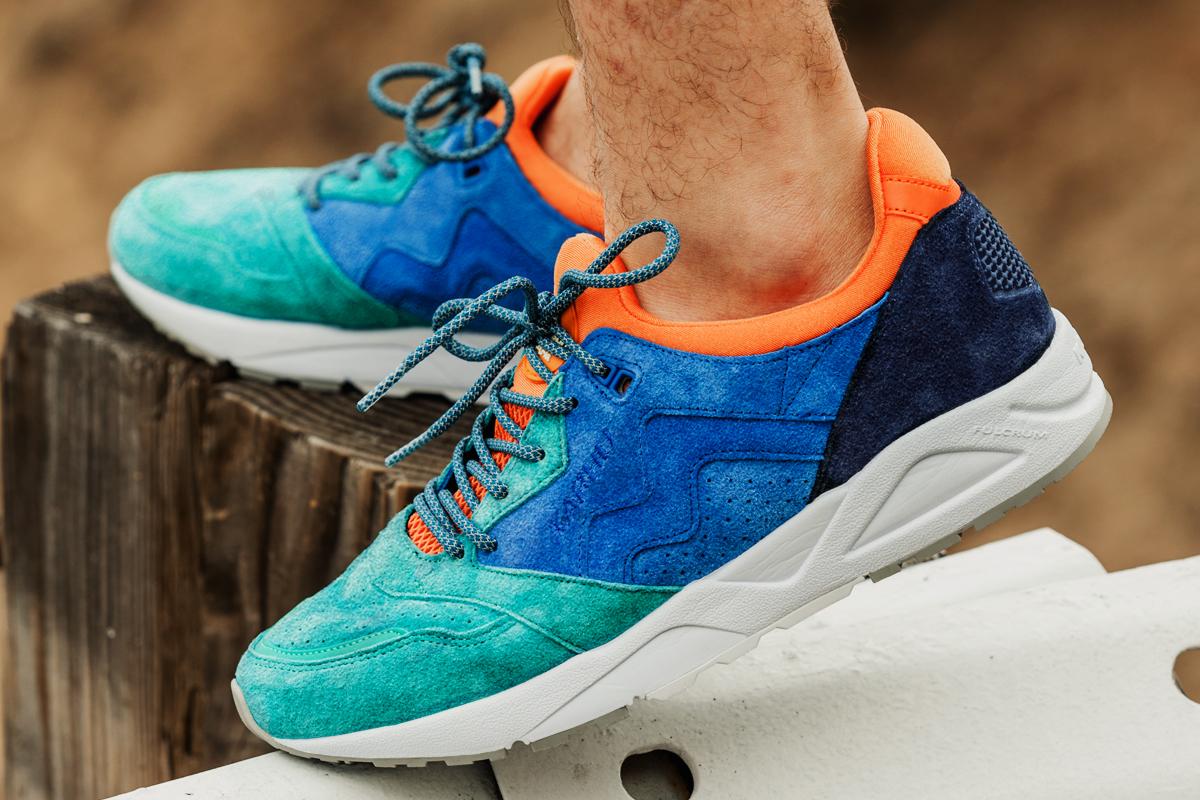Karhu
All Karhu Sneakers
See allIntroduction Of Karhu
Founded in 1916, Karhu Sneakers has become one of the most successful sportswear brands in the world.
Its famous 'M' logo represents the Finnish word 'Mestari' meaning 'Champion', and it has lived up to its moniker, dominating not only the Olympic Games, but tracks around the world.
Karhu's commitment to understanding running, as well as continuous innovation, is what makes the brand and their running sneakers so popular.

Popular Models
Shop AllRecent Karhu Releases
See allKarhu for Resell
See allKarhu Steals
See allSneaker Technology
Karhu has been known for its pioneering technologies since the beginning, producing innovative running shoes worn by Olympic and professional athletes.
Karhu's most popular designs include their Air Cushion and Fulcrum technologies, as well as their Synchron lacing system.
They also offer apparel and accessories, providing athletes of all levels with a comprehensive sportswear collection.

The History Of Karhu
Karhu Today
Today, sneaker culture has become a global phenomenon with millions of people collecting, trading, and wearing sneakers around the world, and the Karhu brand is one of them.
Besides a long history in sports, Karhu sneakers have recently gained recognition as a lifestyle brand, resulting in collaborations with major brands.
A Moomin-patterned Karhu Albatross was created by Sneakersnstuff, a Fusion 2.0 was released by Dutch sneaker boutique Patta, and Concepts relaunched the classic Aria '95 in a Finnish-inspired colourway in 2015.
A year later, Patta and Karhu also released the 100th-anniversary special collab on the Karhu Synchron. As Kanye West wore Karhu Fusion 2.0s in 2017, the brand gained new admirers and hype in the US.
Did you know?
Karhu's logo incorporates a bear symbol inspired by Finland's national animal and pays homage to the country's wild nature and wilderness.
Karhu actually means "bear" in Finnish.


